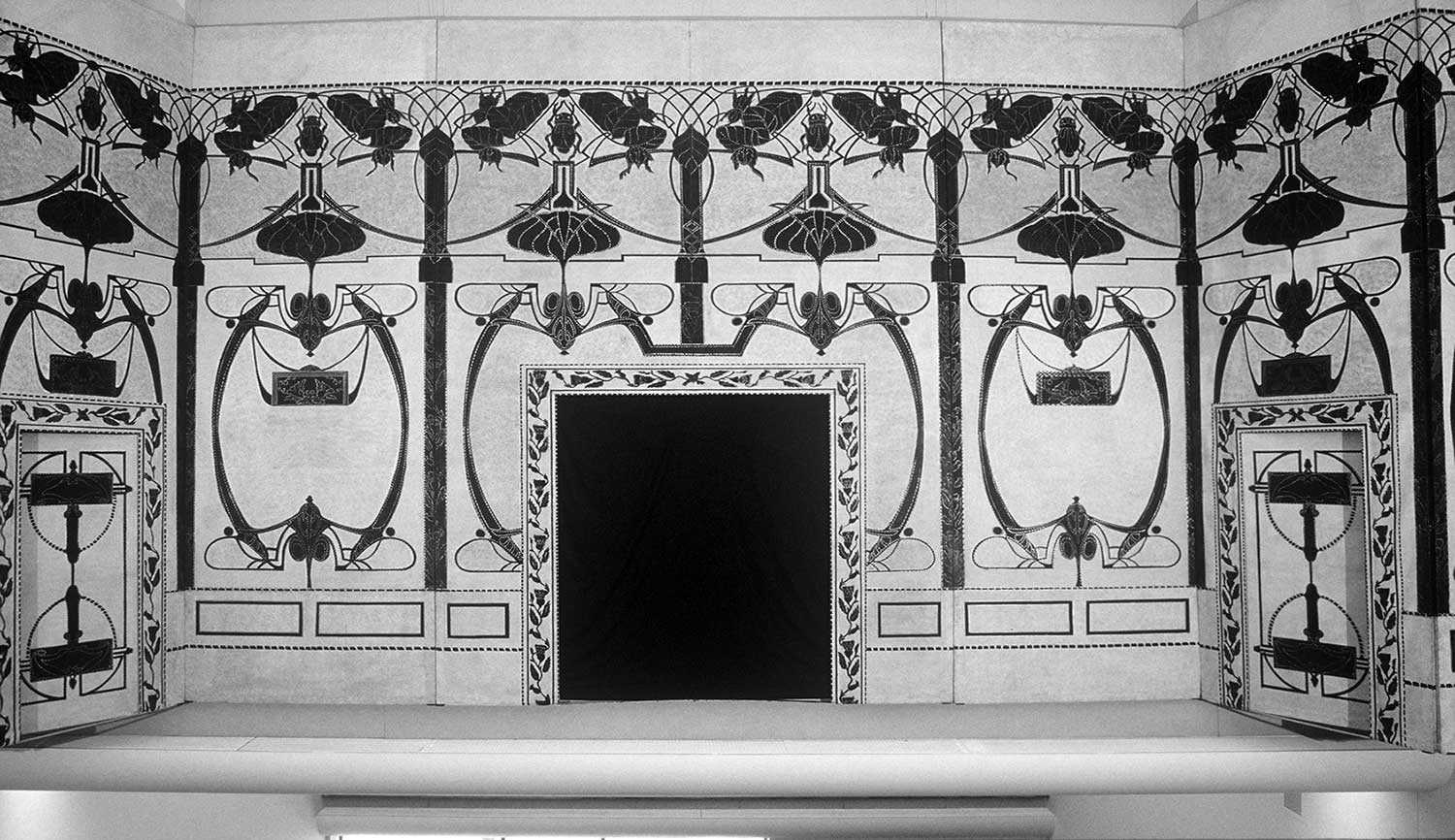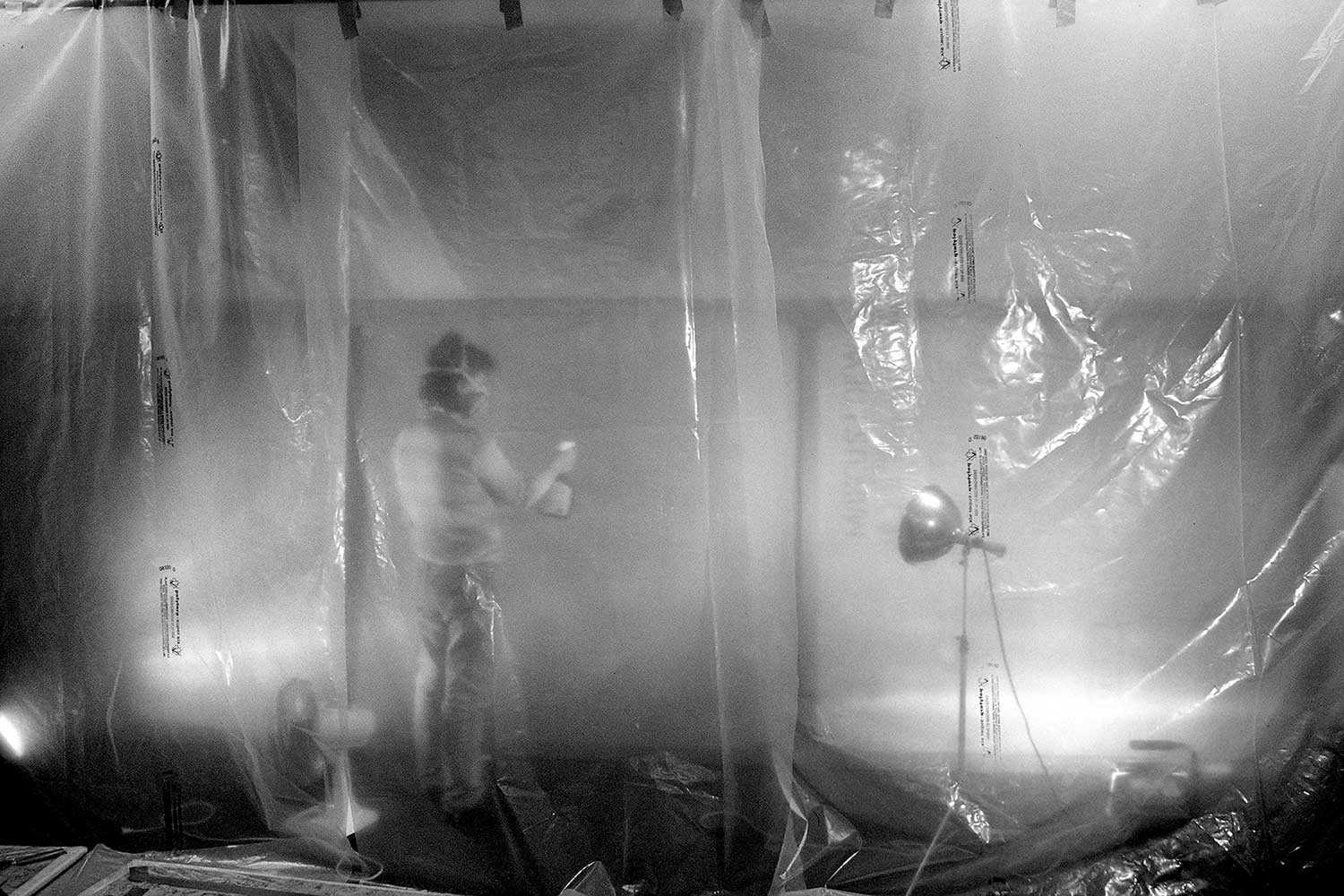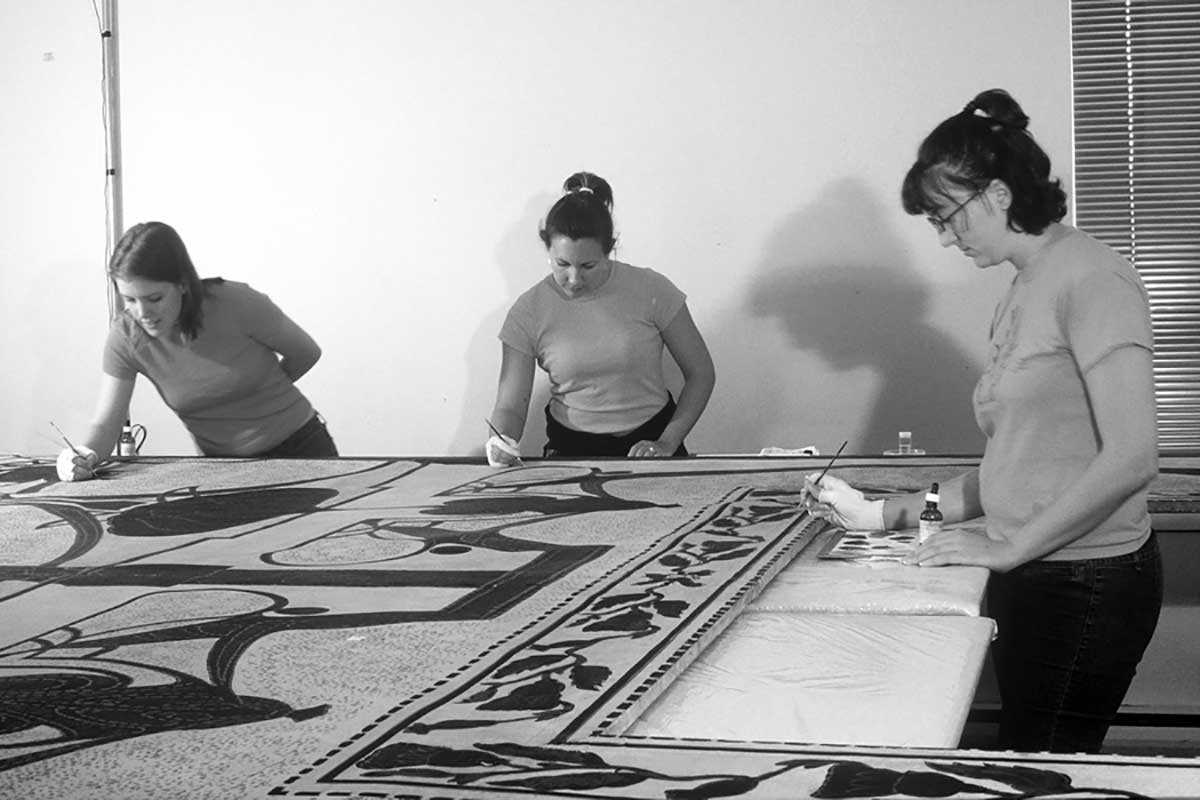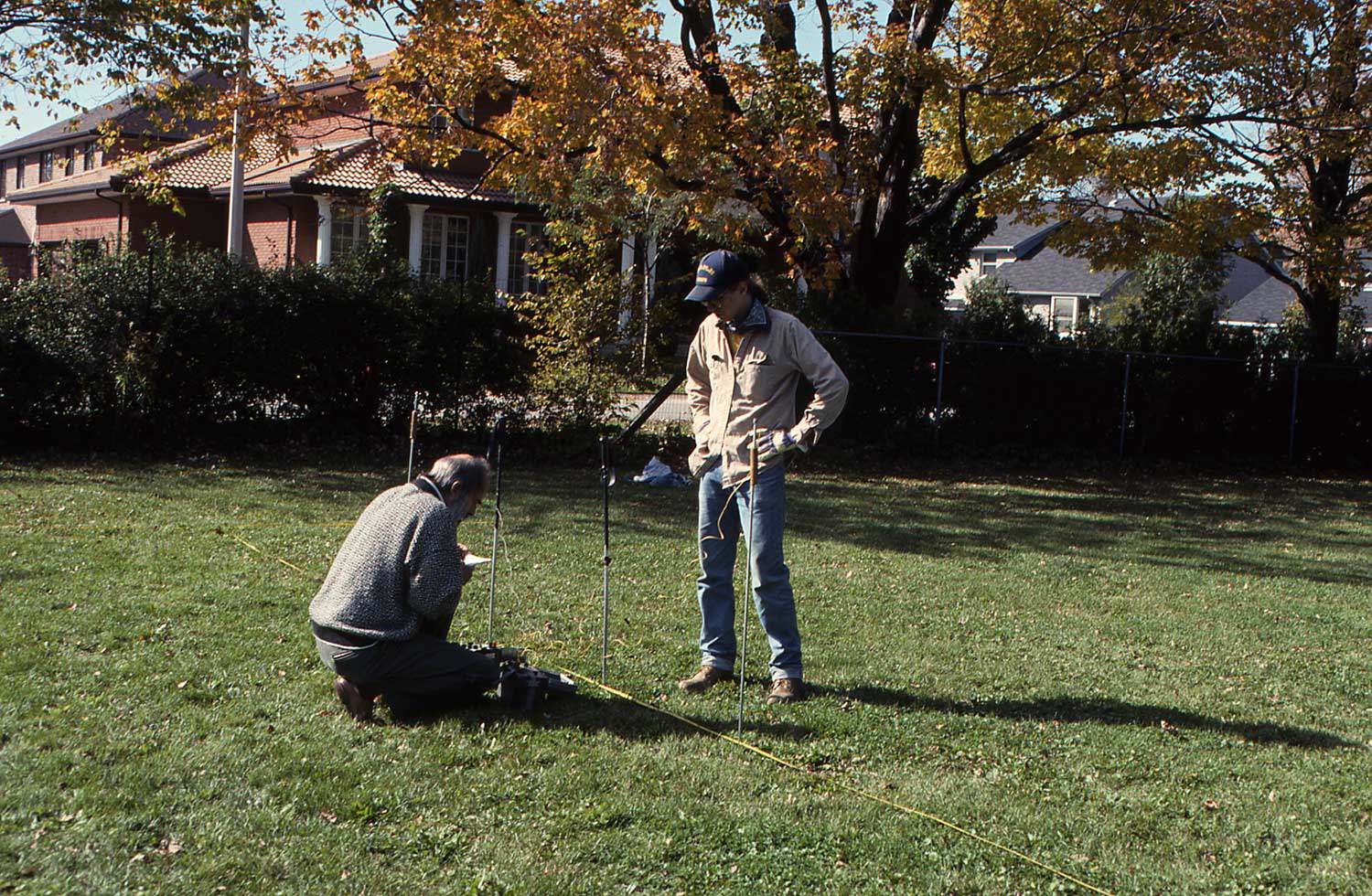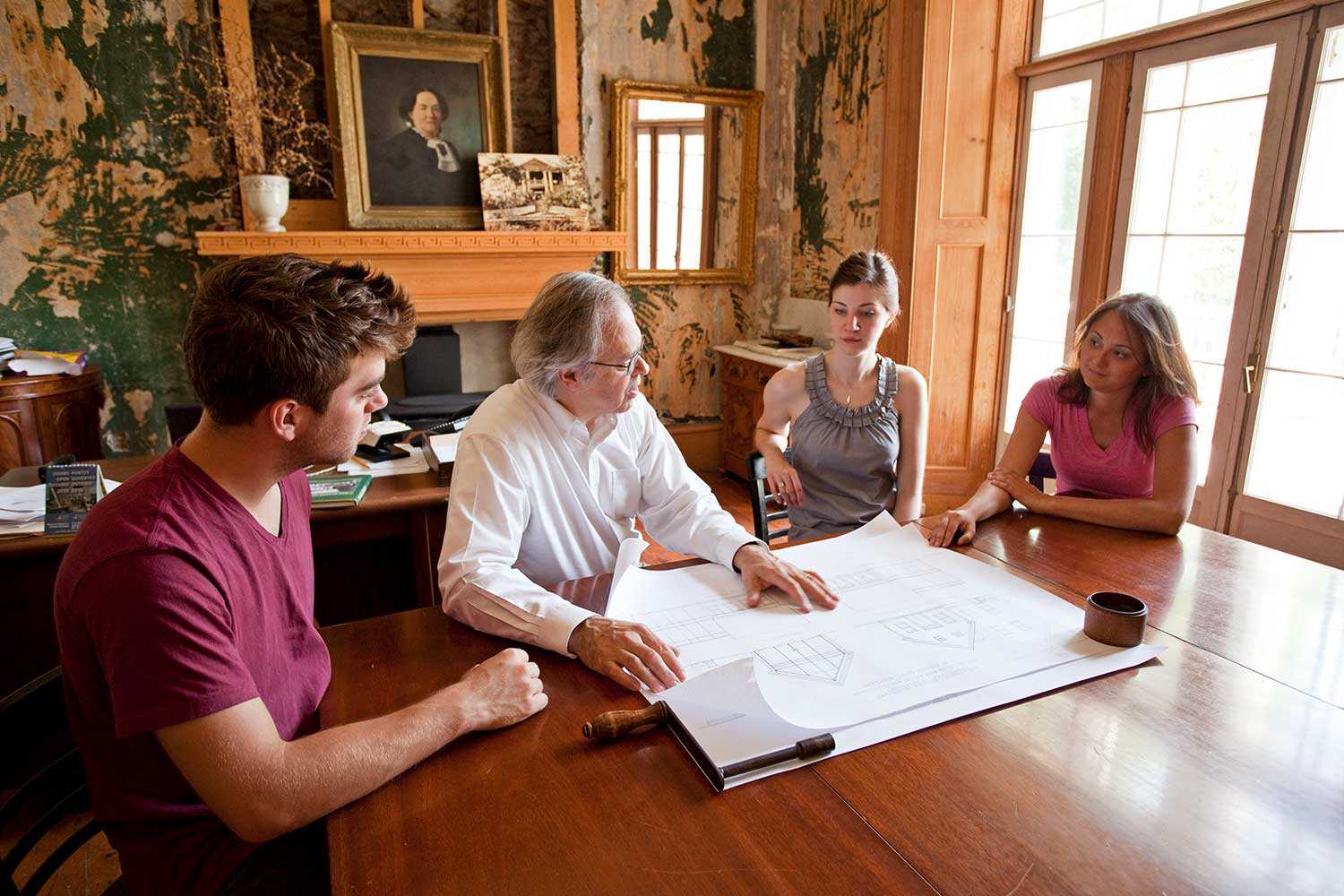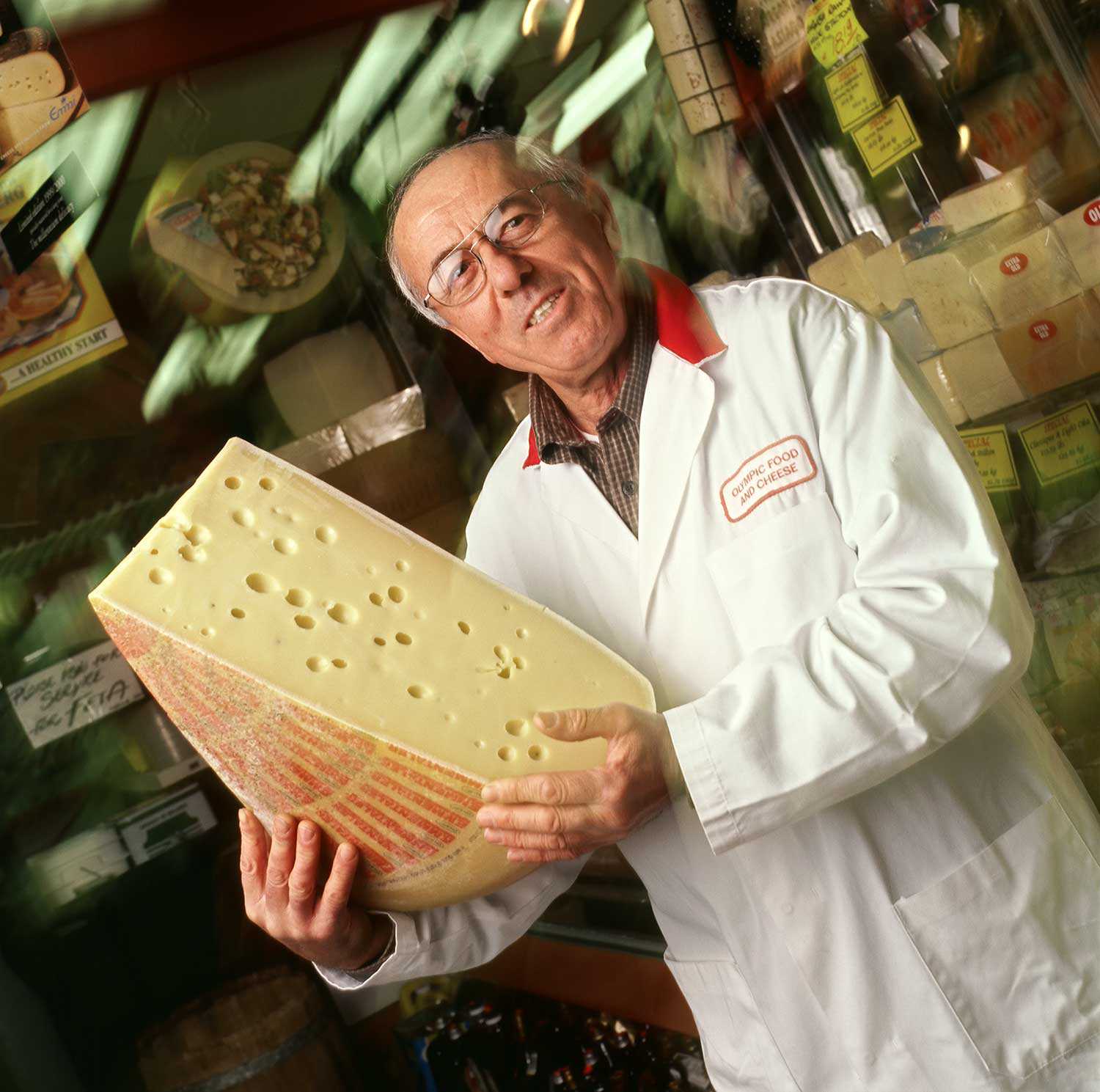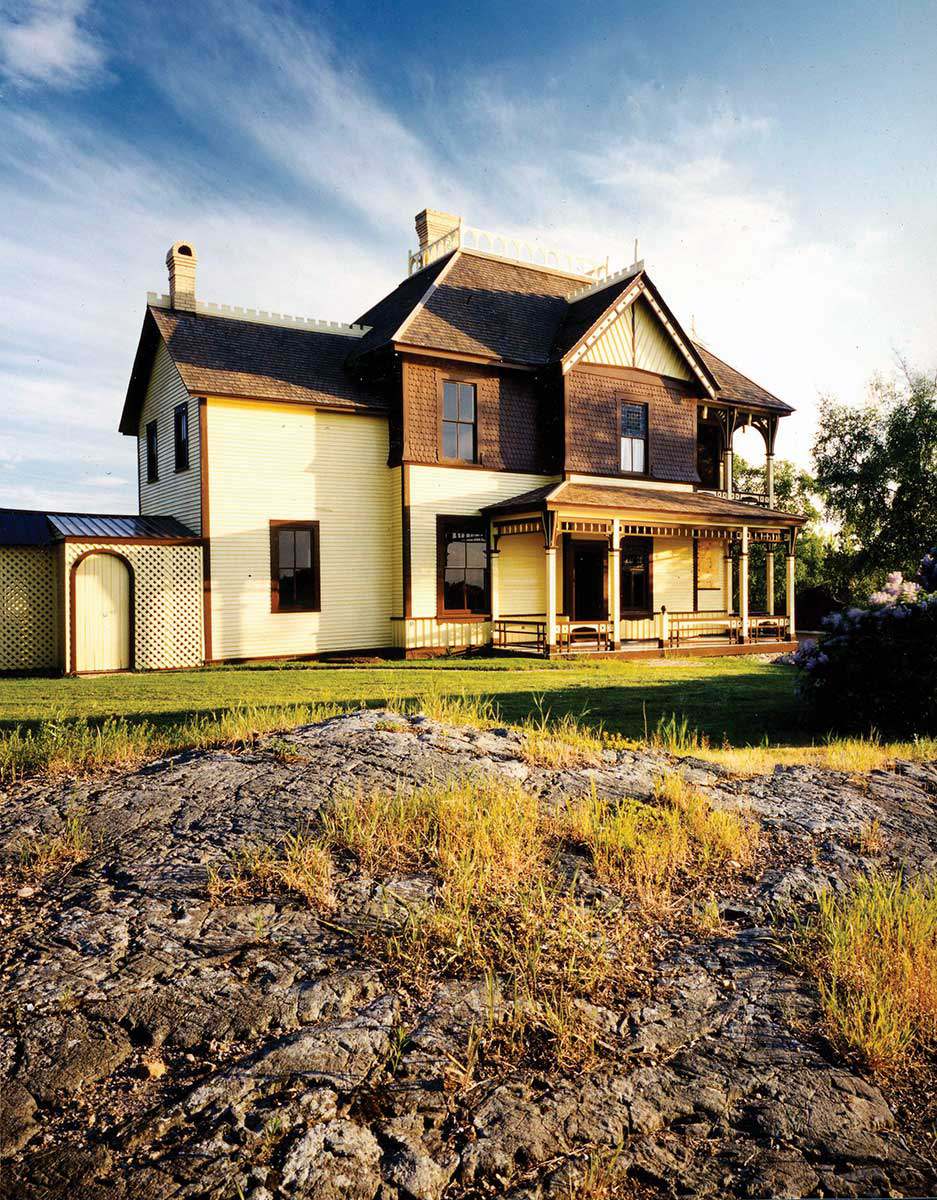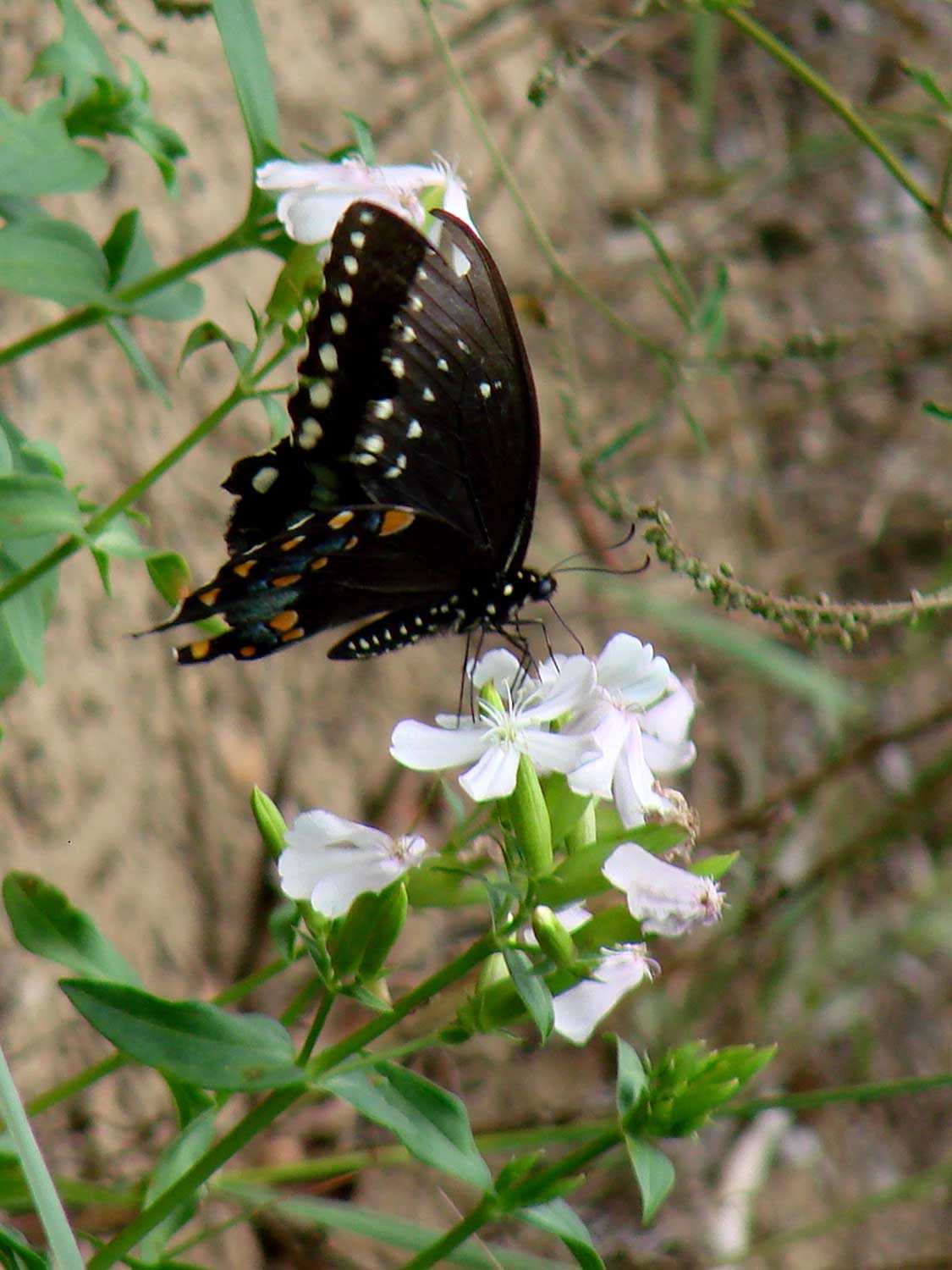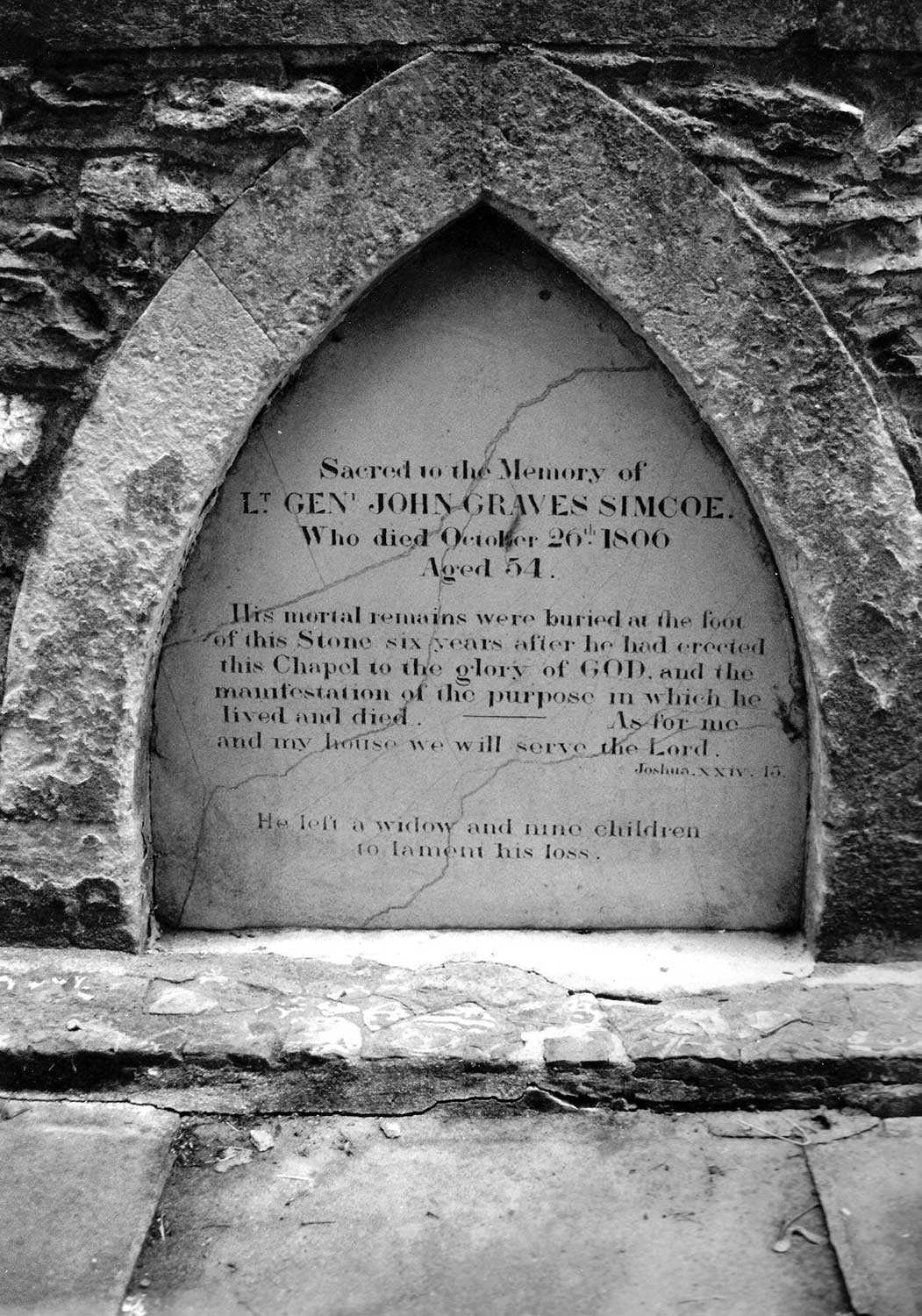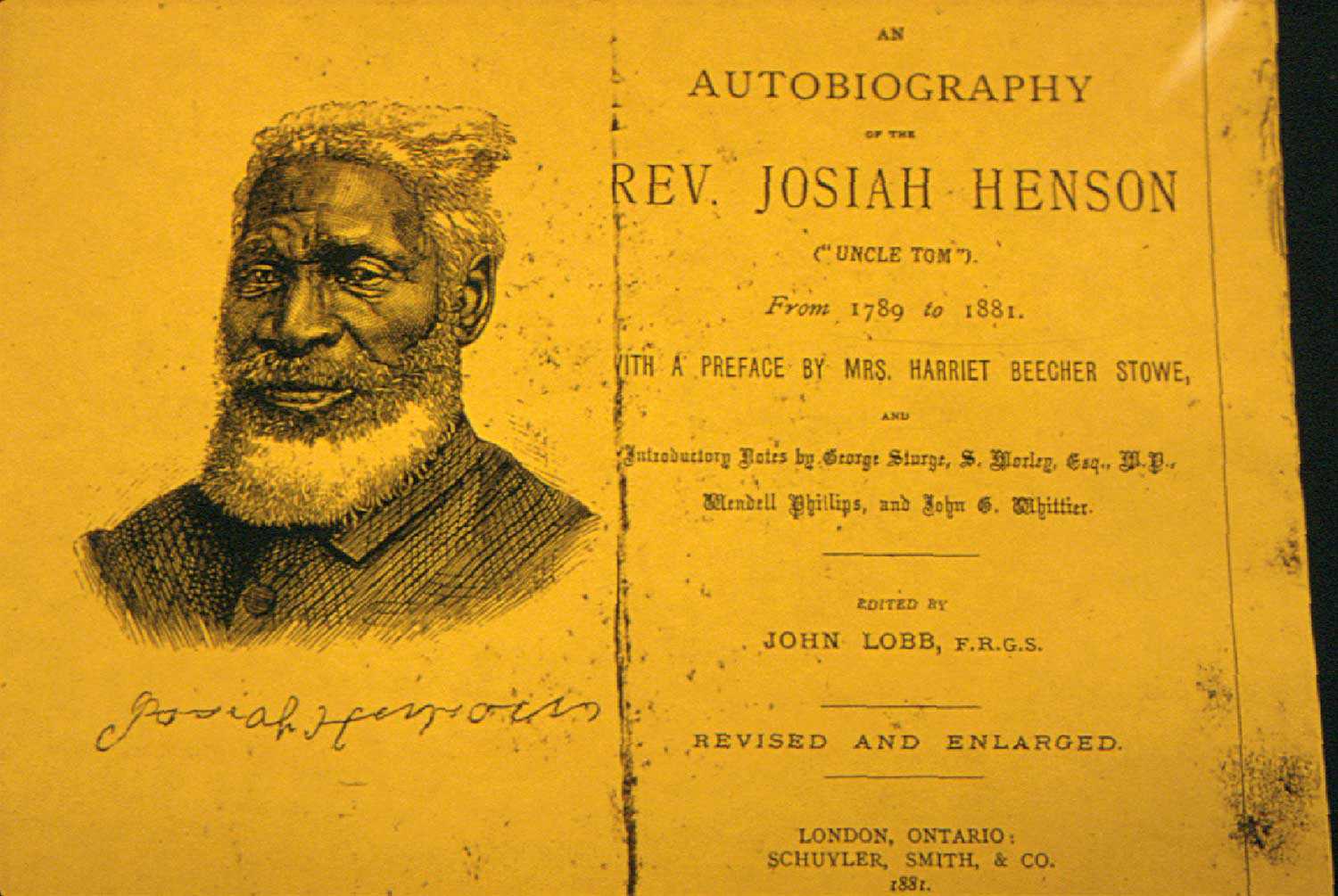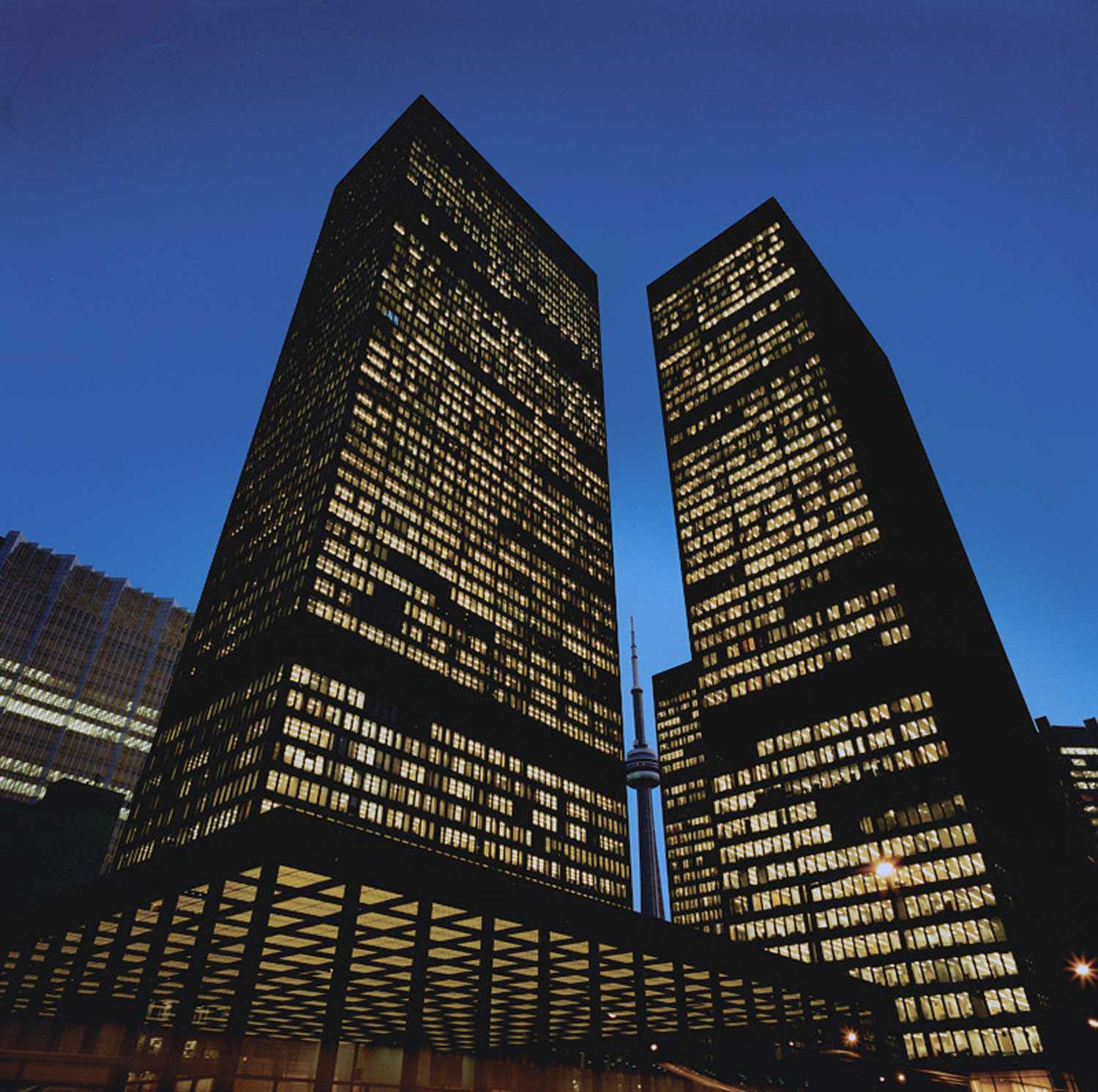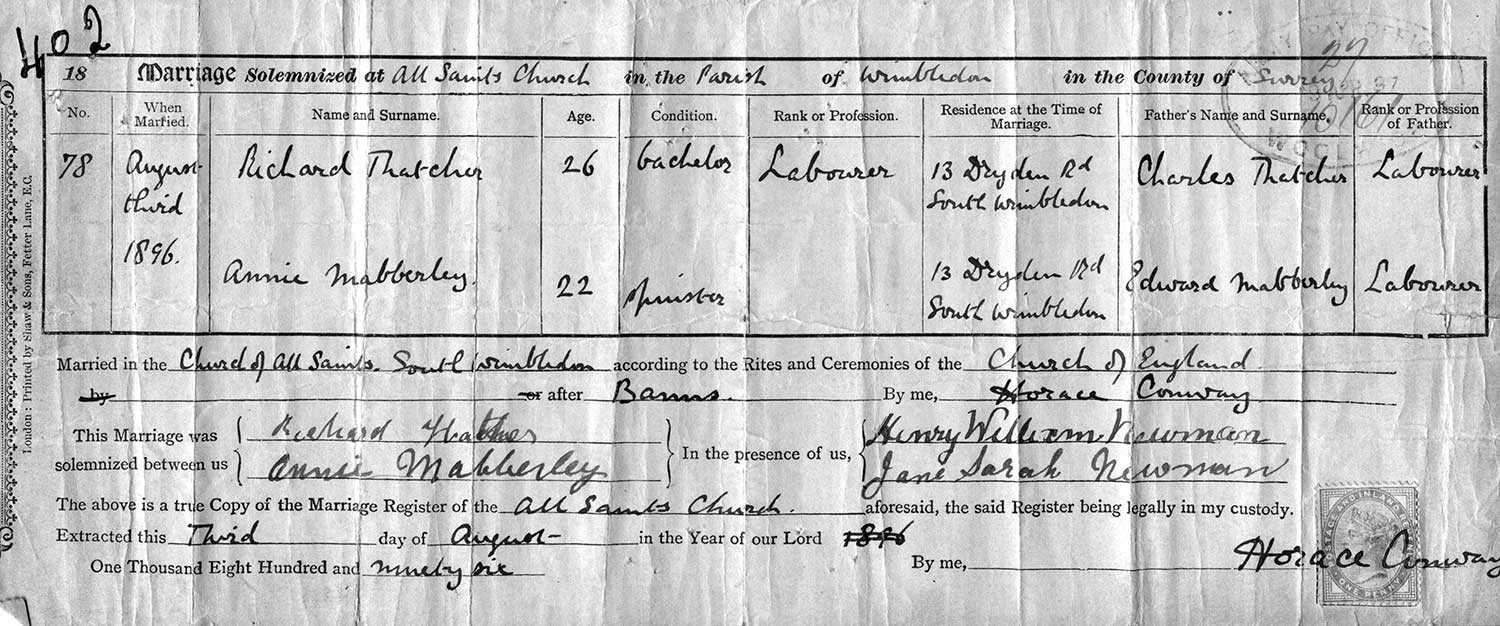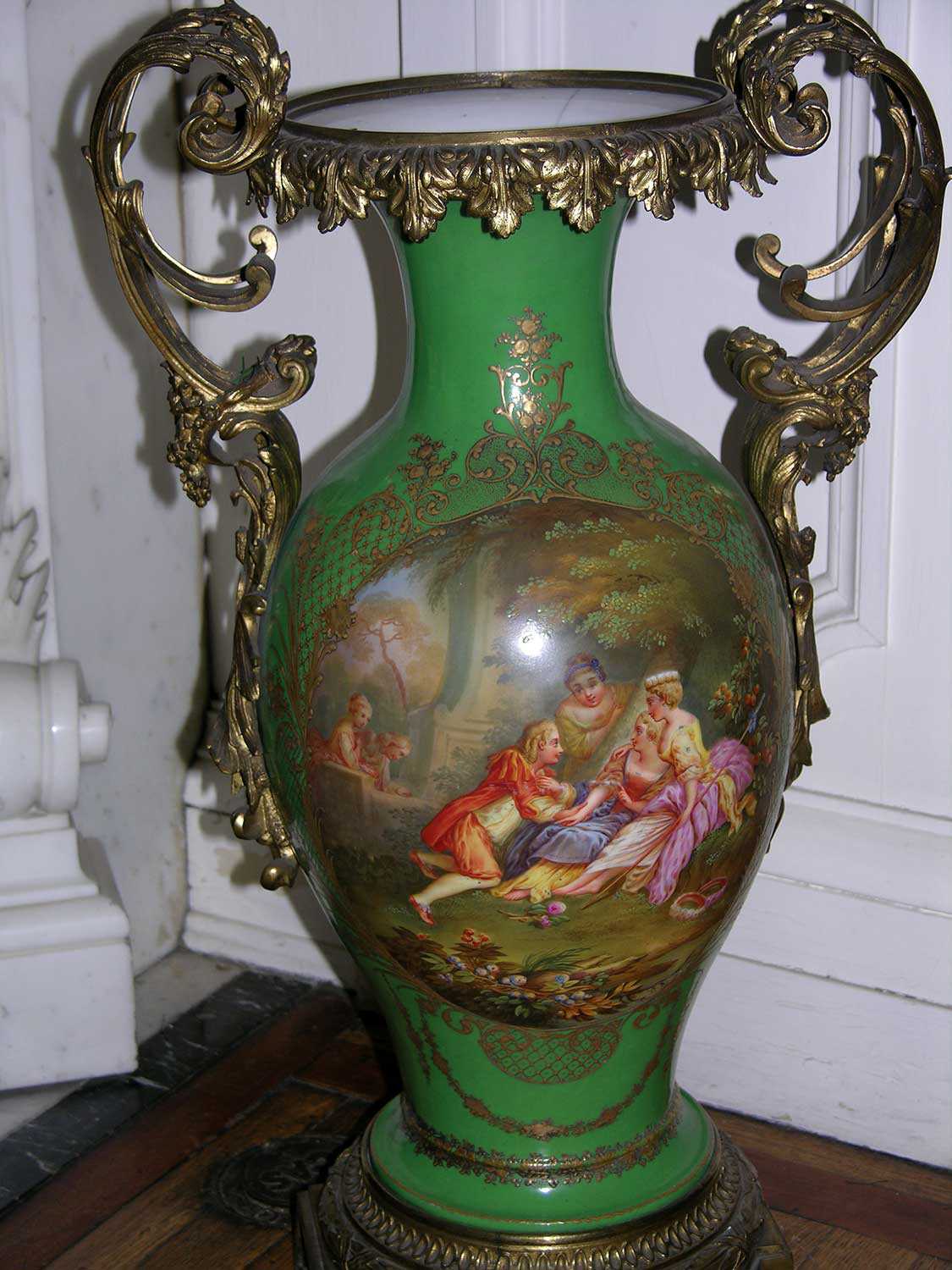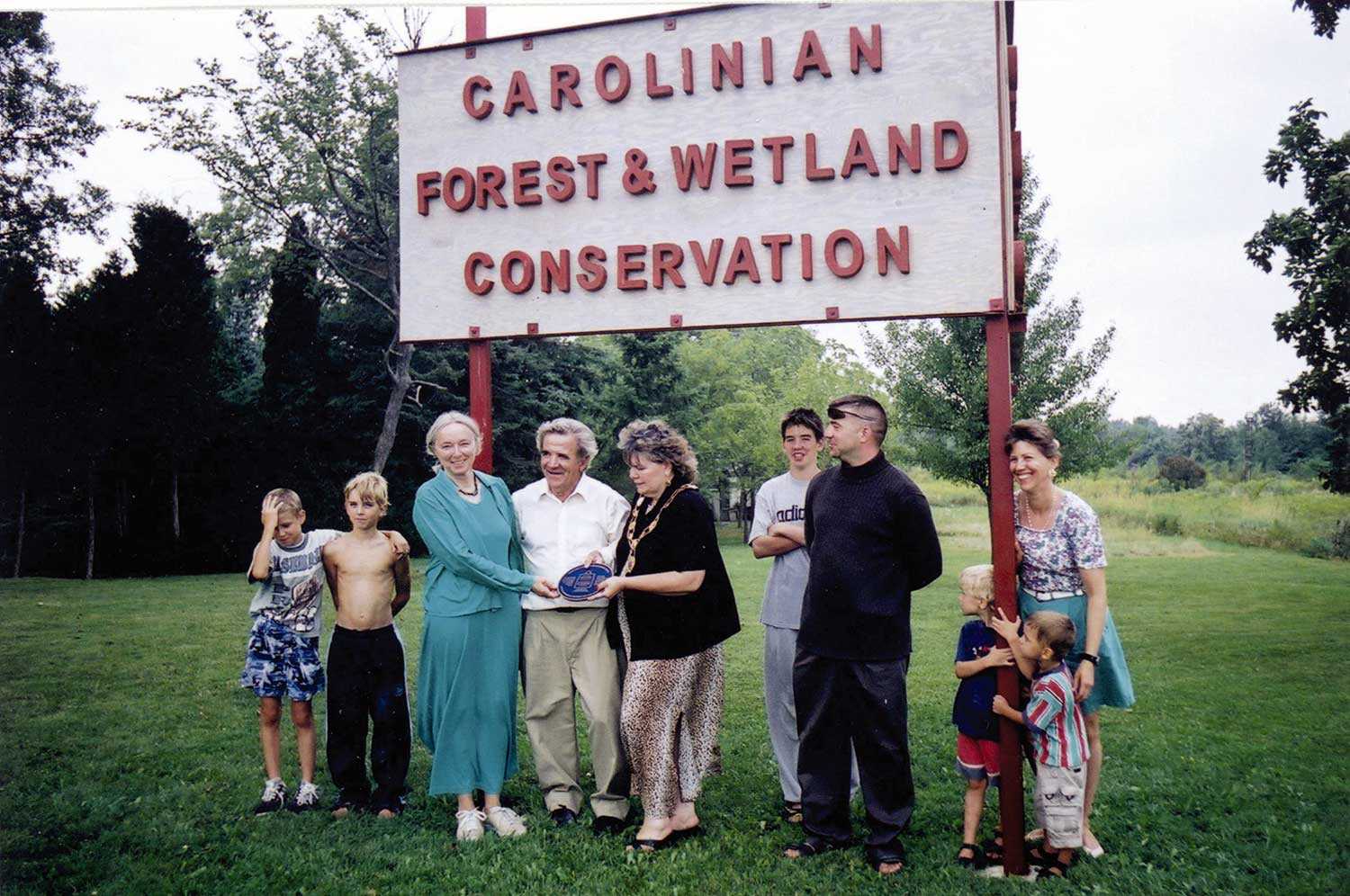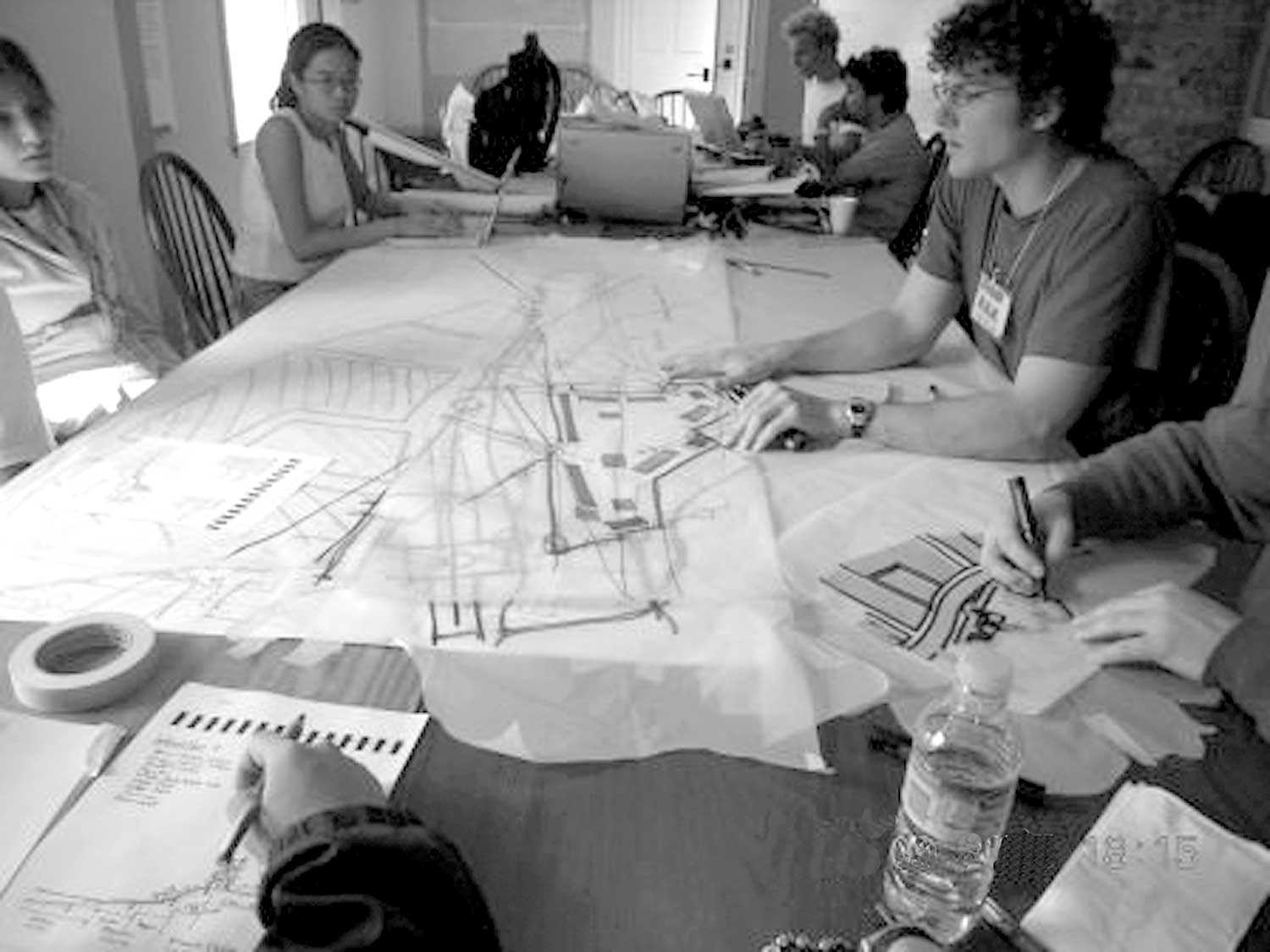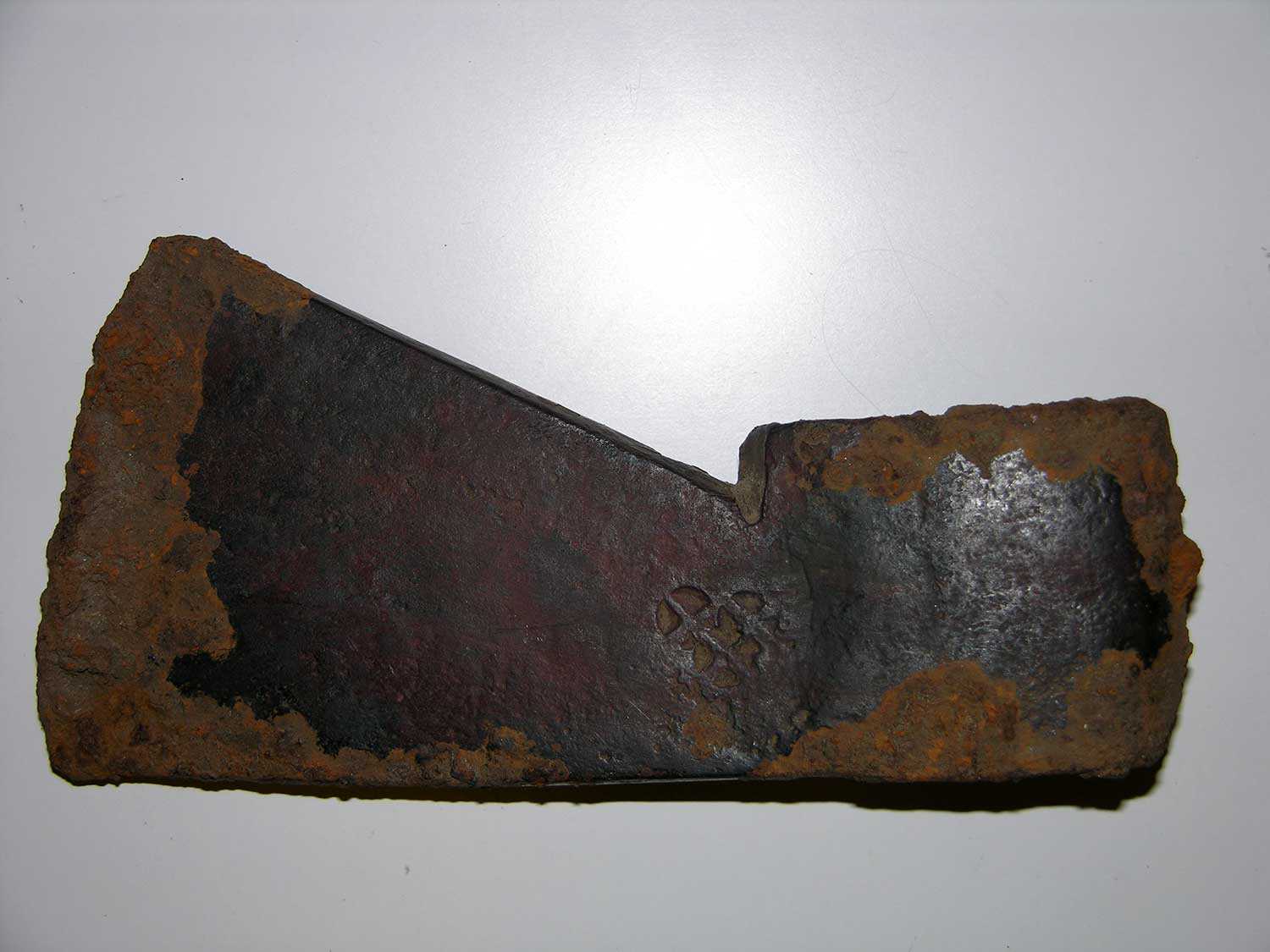

Browse by category
- Adaptive reuse
- Archaeology
- Arts and creativity
- Black heritage
- Buildings and architecture
- Communication
- Community
- Cultural landscapes
- Cultural objects
- Design
- Economics of heritage
- Environment
- Expanding the narrative
- Food
- Francophone heritage
- Indigenous heritage
- Intangible heritage
- Medical heritage
- Military heritage
- MyOntario
- Natural heritage
- Sport heritage
- Tools for conservation
- Women's heritage
Historic scenery makes second debut
Cultural objects, Tools for conservation
Published Date: Feb 16, 2006
Photo: The Scarab scenery flats c. 1920s
After being in storage for over 75 years, a dynamic set of theatre scenery will be displayed again at the Elgin and Winter Garden Theatre Centre (EWG) in downtown Toronto.
The EWG – built in 1913 as Loew’s Yonge Street Theatre – is a National Historic Site owned and operated by the Ontario Heritage Trust. It is the last operating double-decker theatre in the world. The theatres featured vaudeville acts and silent films until 1928 when talking pictures led to the closure of the Winter Garden. The lower theatre then became one of Toronto’s most prestigious movie palaces.
After years of neglect, the theatres underwent a $29-million, two and half years restoration between 1987 and 1989 by the Trust. One of the great surprises during the restoration was the discovery of the world’s largest collection of vaudeville scenery – hand-painted cloth flats, drops and curtains dating from 1913-1920s.
The Scarab set, c. 1920s, is a light interior comedy stage setting decorated with bold contrasting colours of black, gray, cream, purple and gold depicting abstracted beetles in Art Nouveau and Deco motifs. The flats were painted on a fine open-weave cotton linen by Marcus Loew Studios (Albert Howard, Scenic Artist) in New York. The flats were decorated with tempera paint consisting of chalk, glue, dry pigment and metallic bronze powder. This particular set consists of 12 individual flats of varying widths, each measuring 18 feet high.
A meticulous and challenging conservation treatment was conducted over several months, beginning in September 2005, by a team of professional conservators and conservation interns. The project was supported by generous donations from individuals and corporations.
The flats were first thoroughly examined to learn more about the paint, materials and artist’s working methods. The paint layer and lightweight fabric supporting it were so fragile that any application of moisture or solvent would have changed its appearance. Various intricate methods and materials were used to stabilize the paint. All of the 99 rips in the linen canvas had to be pretreated before they could be rewoven. The slack canvas was supported to prevent the paint from falling away, but first it was treated in a dehumidification chamber to reduce the cockling and rippling of the canvas. All of the paint losses were filled and toned to match the surrounding original in colours that were lightfast, stable and reversible – consistent with conservation principles. The flats are supported from behind with several types of rigid and flexible archival materials.
The Scarab scenery flats were installed in December 2005 and are currently displayed in the cascading lobbies at the Elgin and Winter Garden Theatre Centre.

